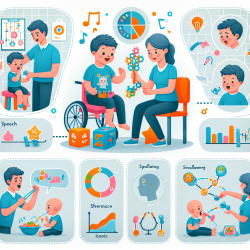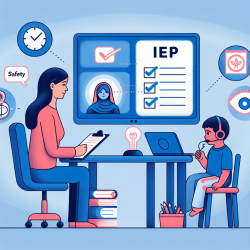In recent years, there has been growing dissatisfaction with the categorical diagnostic systems used to assess childhood neurodevelopmental disorders. A research article titled "Transdiagnostic considerations are critical to understanding childhood neurodevelopmental disorders" by Hoza and Shoulberg (2024) underscores the importance of adopting a transdiagnostic dimensional approach. This blog post aims to help practitioners improve their skills by implementing the outcomes of this research.
Understanding the Transdiagnostic Approach
A transdiagnostic approach involves screening for a range of developmental delays that could indicate various neurodevelopmental disorders, rather than focusing on a single disorder. This is especially important in early childhood, where symptoms often manifest as developmental delays. Early intervention can correct or ameliorate these delays, leading to better outcomes.
The Role of Language in Neurodevelopmental Assessments
Language ability is central to social cognition and functioning, which are critical areas in many neurodevelopmental disorders. For example, social deficits are common in autism spectrum disorder (ASD) and attention-deficit/hyperactivity disorder (ADHD). Therefore, screening for language deficits should be a prerequisite before initiating a focused assessment for specific disorders like ADHD.
Implementing Multidisciplinary Collaboration
Effective early intervention requires a multidisciplinary approach. Integrating efforts across settings and providers—such as primary care, psychology, speech-language pathology, and education—ensures comprehensive care. This collaboration helps identify and address the full range of developmental issues a child may face.
Practical Steps for Practitioners
To incorporate the findings of this research into your practice, consider the following steps:
- Screen for language deficits in all children referred for neurodevelopmental assessments.
- Adopt a transdiagnostic dimensional approach to identify delays across multiple areas of function.
- Foster multidisciplinary collaboration to provide comprehensive care.
- Advocate for organizational support and resources to facilitate large-scale screening and early intervention.
Conclusion
By adopting a transdiagnostic approach and emphasizing early intervention, practitioners can significantly improve outcomes for children with neurodevelopmental disorders. Multidisciplinary collaboration and comprehensive screening are essential components of this approach.To read the original research paper, please follow this link:
Transdiagnostic considerations are critical to understanding childhood neurodevelopmental disorders.










